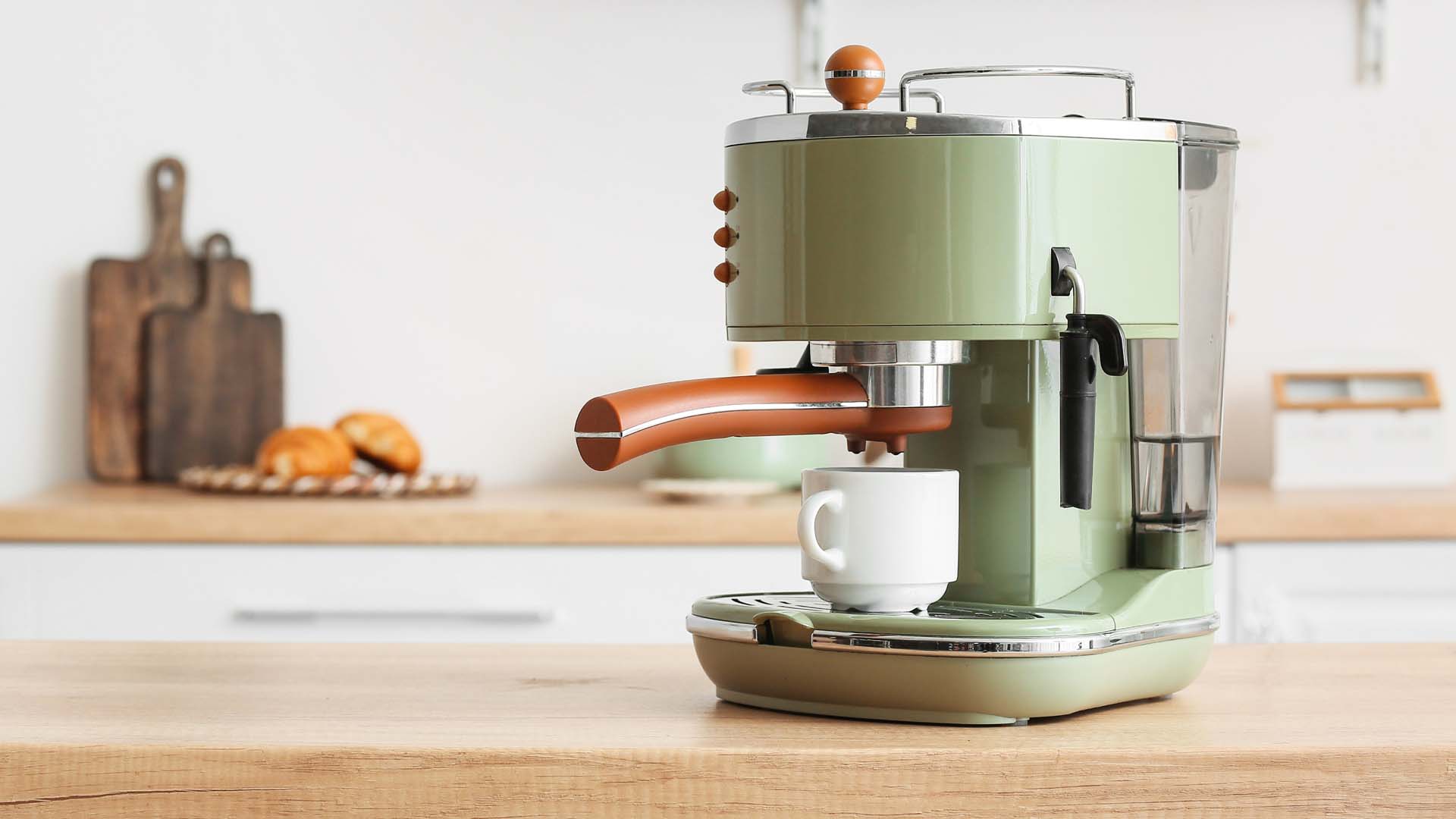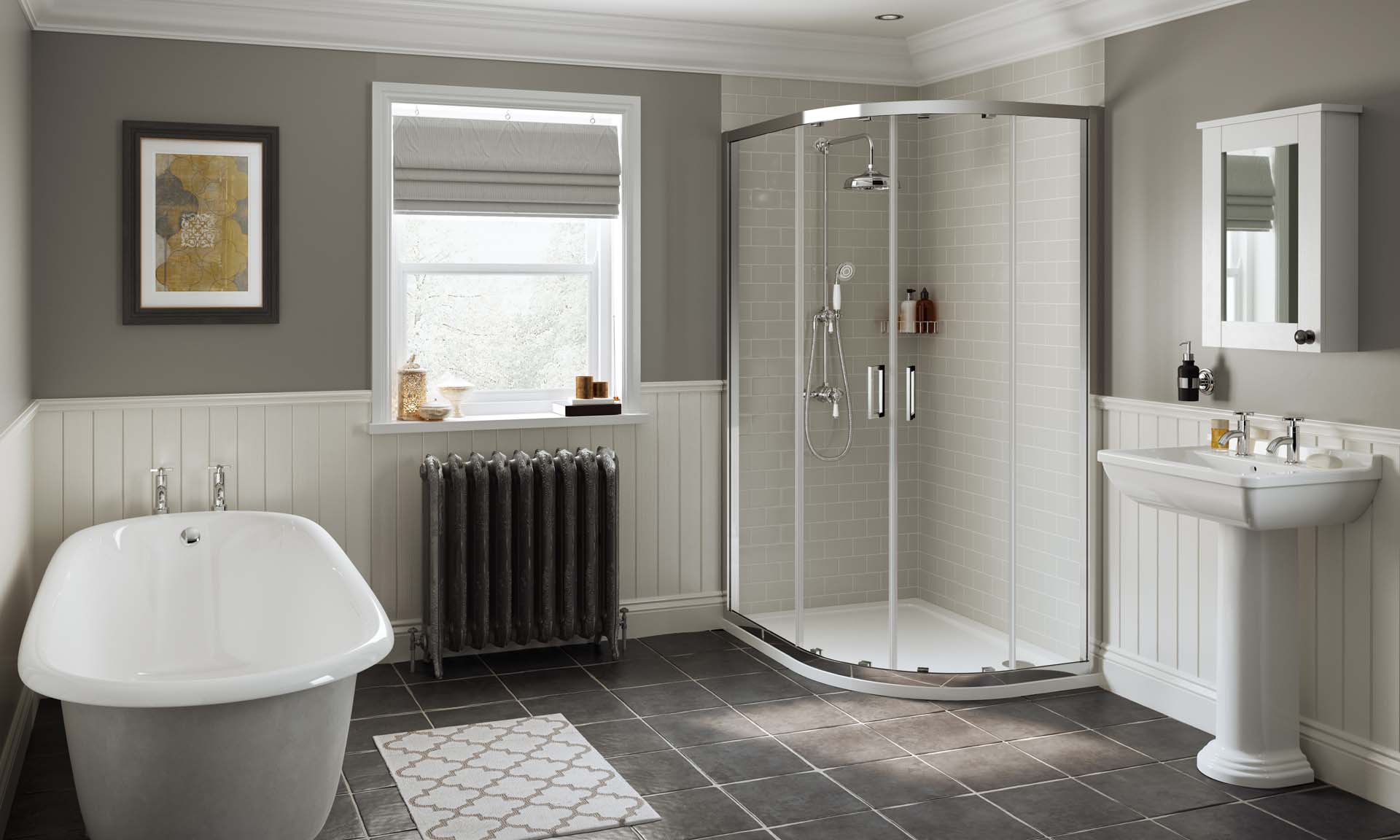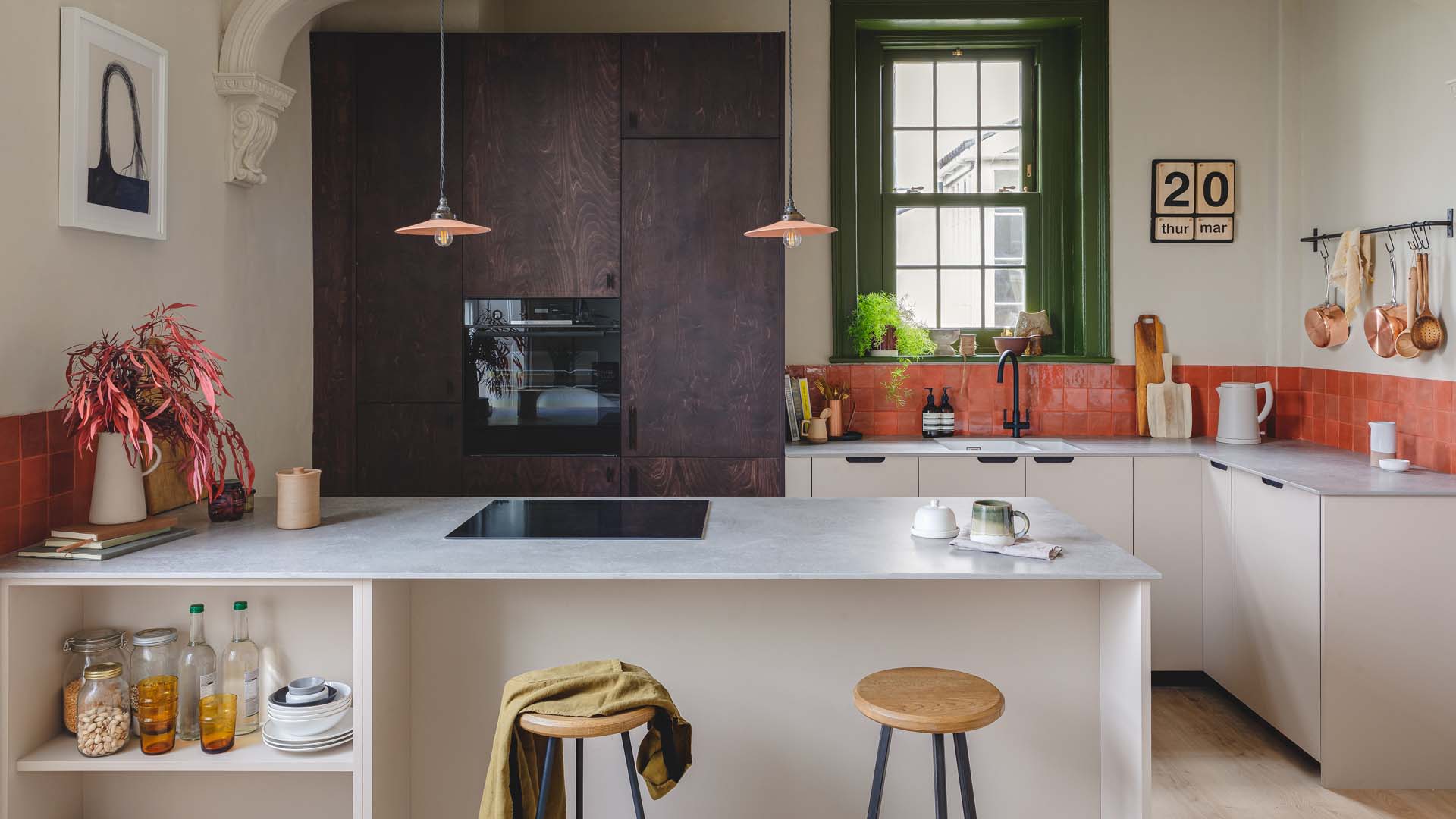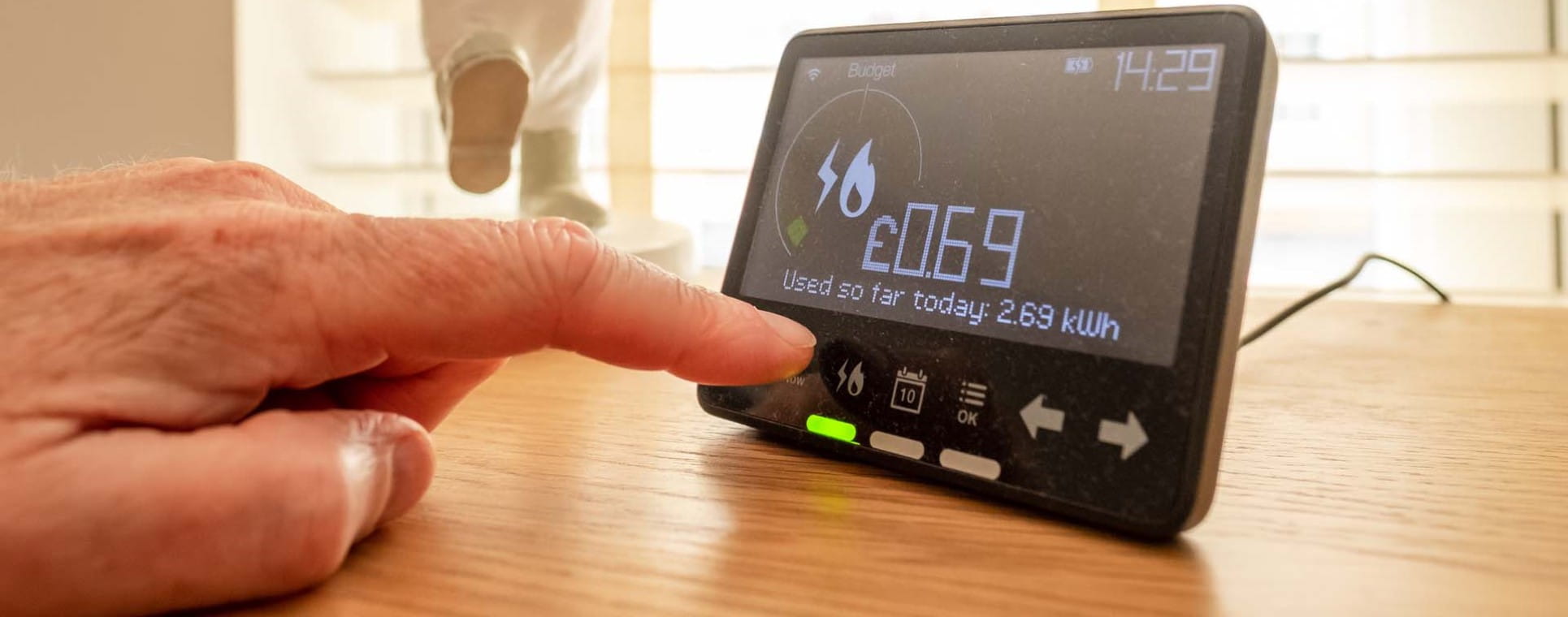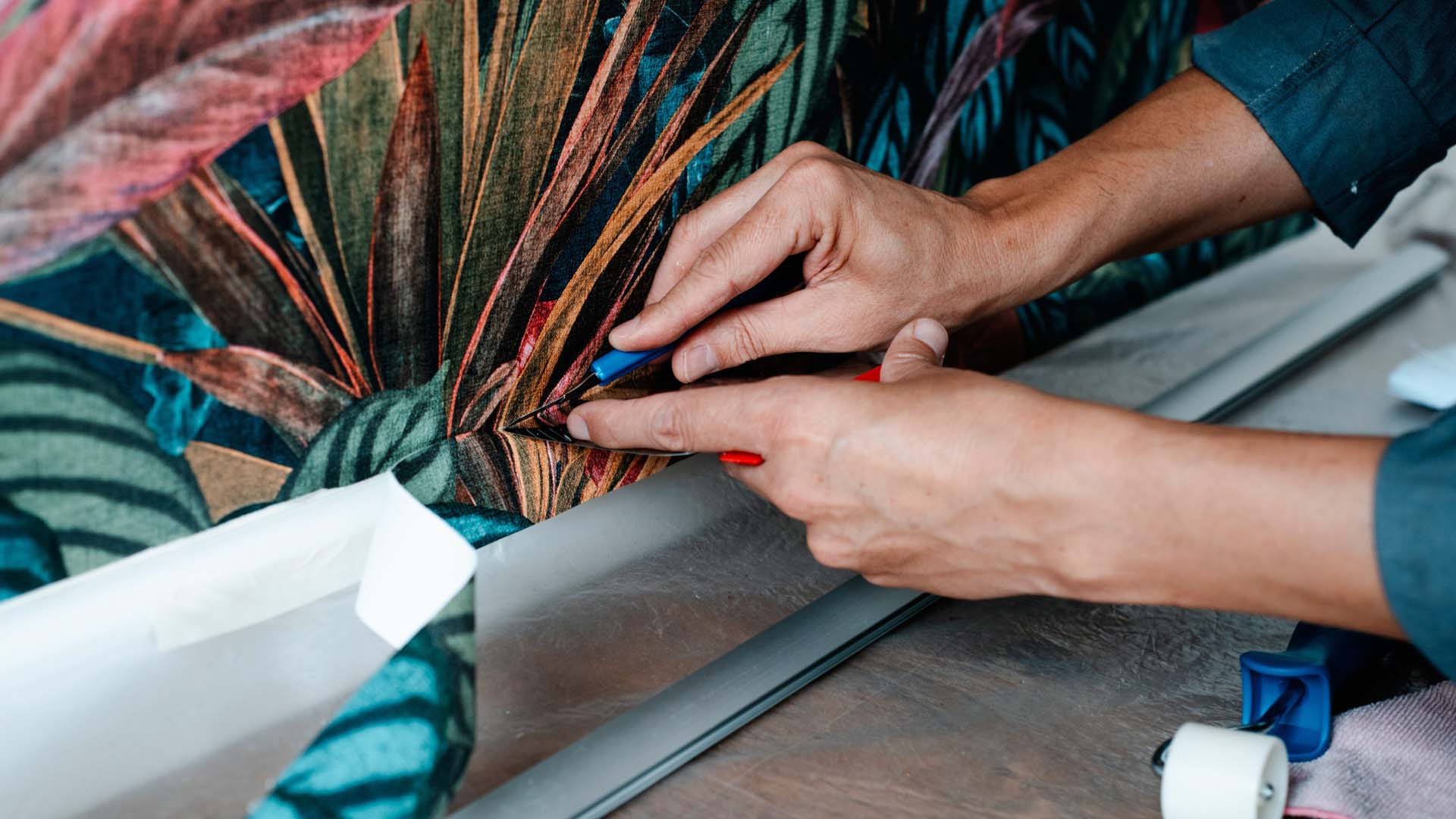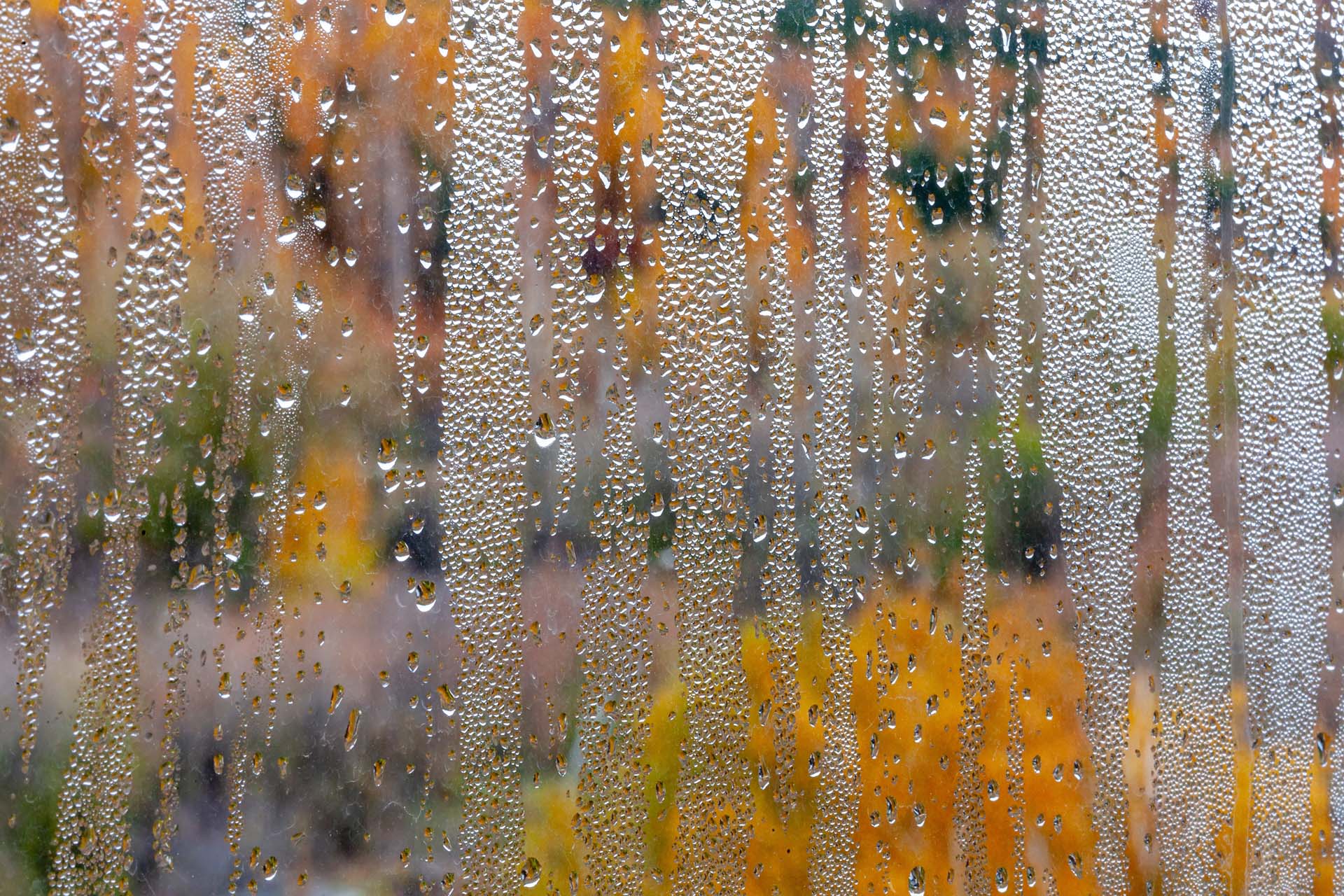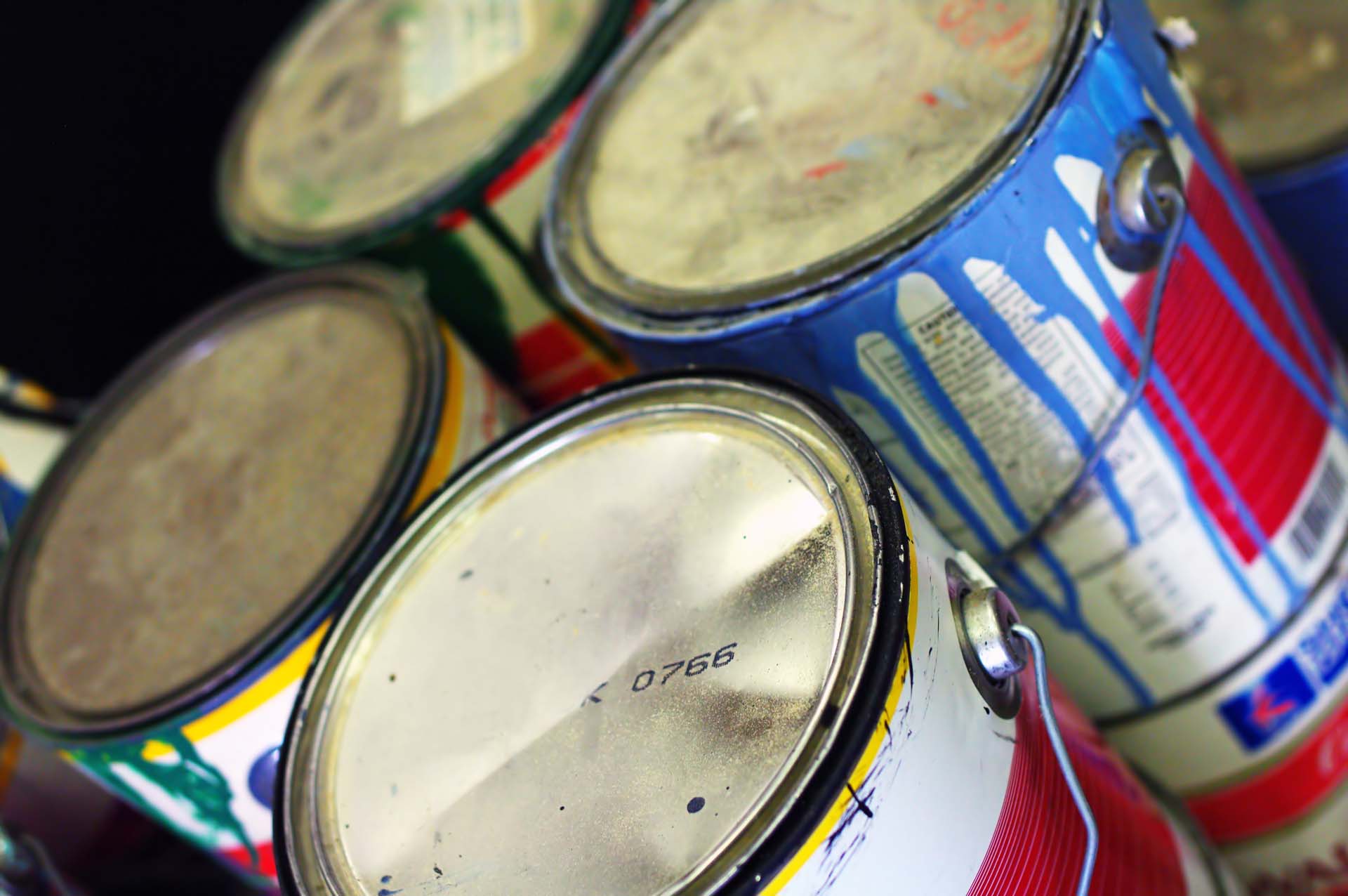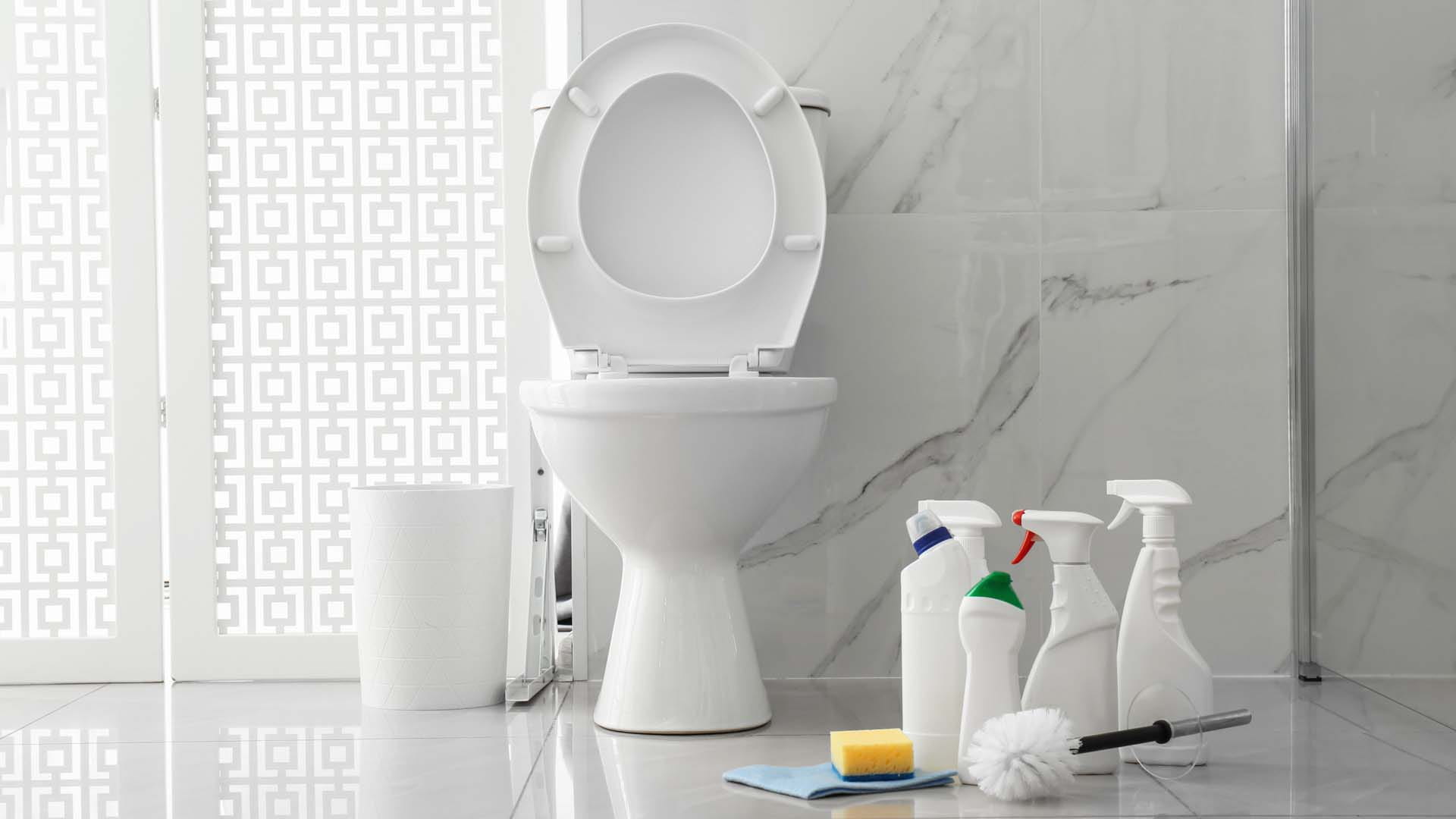
You might not associate cleaning hacks with effortlessly elegant interiors guru Michelle Ogundehin. So it was a surprise when we saw – on Instagram – the head judge of BBC One’s Interior Design Masters cleaning a less-than-sparkling loo with citric acid. More associated with luxury than lavatories, it came as a shock to see her wearing rubber gloves and sporting a toilet brush.
What, then, is Michelle Ogundehin’s citric acid toilet cleaning hack, and does it really work? We put it to the test.
If you haven’t seen the hack, we’ll explain. It involves a simple shake of citric acid around the bowl, a short wait, a light scrub with the toilet brush, a quick flush and it’s like new.
Whether or not the toilet being cleaned on Instagram is actually Ogundehin’s isn’t confirmed, but what is strikingly clear is how quickly the toilet goes from grimy to gleaming with minimal effort.
It has natural cleansing properties that pack a powerful punch

If a grubby toilet can look that good, we wondered what else could benefit from the cleansing powers of citric acid? While the powers of other kitchen cupboards staples such as bicarbonate of soda and white vinegar are well known, citric acid may have escaped your notice in the cleaning aisles. And, if you’ve always been concerned over the word acid, don’t be. It’s also found in food.
“The secret ingredient in lemons that makes them such powerful cleaning agents is citric acid,” explains Nigel Bearman, CEO of Daily Poppins. “It can be used to clean surfaces around the house, and aside from dissolving stains, citric acid also acts as a bactericide and fungicide, providing a gentle bleaching action.
“Citric acid is regarded as an environmentally friendly cleaning ingredient,” adds Bearman. “In addition to being food-safe, easily biodegradable, vegan-friendly, and renewable, your septic tank won't be damaged by it either.
According to the experts at natural cleaning company Purdy & Figg, it’s a key tool in their arsenal of cleaning ingredients, as it can naturally whiten, disinfect and descale in many areas of the home.
Although citric acid is found in food, it still comes with a warning. “Citric acid dust can irritate the nose and throat when breathed in,” reminds Bearman. “As well as being an eye and skin irritant, it can also cause allergic reactions. Working with citric acid may require protective clothing, eye protection and adequate ventilation.”
As with all cleaning products, it’s essential to read the manufacturer’s instructions carefully before using it for the first time. When I ran my cleaning tests, I wore gloves and ensured the bathroom was well ventilated. Despite taking these precautions, my nose still felt a little itchy.
Would it live up to expectations?

I live in a hard water area, and it only takes a couple of showers before the shower screens are marked with tell-tale mineral deposits. The same goes for taps and the inside of kettles.
I’m a fan of a clean home and I’m easily annoyed when these marks appear, so armed with a newly purchased box of citric acid, warm water and my trusty rubber gloves, I tackled the following items in my home:
Here’s what I found.
It can shift limescale effectively

Despite living here for only five weeks, the kettle is already showing signs of limescale on the inside. The small floating deposits put me off my morning coffee – and if I don’t get coffee, the world is not a good place.
As per manufacturer instructions, I half-filled the kettle, boiled it, unplugged it and added a third of the 250g (9oz) box to the kettle, then left it for 15 minutes. When I returned, I was slightly sceptical, as there was a large amount of the citric acid crystals still remaining on the bottom.
However, it was an unnecessary concern, as after emptying the kettle and rinsing thoroughly with water a few times (this was needed to fully remove the crystals) the bottom of my kettle was restored to new.

Would I do this again? Absolutely. I always dislike using the kettle after removing limescale with chemical based products and tend to boil and empty it at least three to four times before using it again – something that isn’t great for the environment or my electricity bills.
Although the instructions don’t say to boil it again after using citric acid, just rinse, I boiled and emptied it once and then felt perfectly comfortable with using it.
Spray on a water and acid solution to shift water marks


It cuts through limescale, but you might need two goes


Citric acid is a great smear-free cleaner


Dig a bit deeper into the powers of citric acid, and it’s interesting to see just how many areas of the home can benefit from its hidden powers.
Despite being tempted to douse the whole house in this seemingly magical spray, remember that it’s not always suitable for every surface. Bearman recommends avoiding the following:
Since first picking up a paintbrush and experiencing the joy of re-decorating her bedroom in a questionable red, white and grey scheme as a young teenager, Sarah Harley was hooked on the world of interior design. This obsession even led to a real life ‘Grand Designs’ project in 2005 when she donned a pink hard hat and appeared on TV screens, project managing the renovation and extension of a Grade II listed 17th century Folly in South Wales.
Throughout her career, Sarah has gained an array of experience in several different roles, ranging from copywriting, PR, events management and photography to interior design and home staging.
